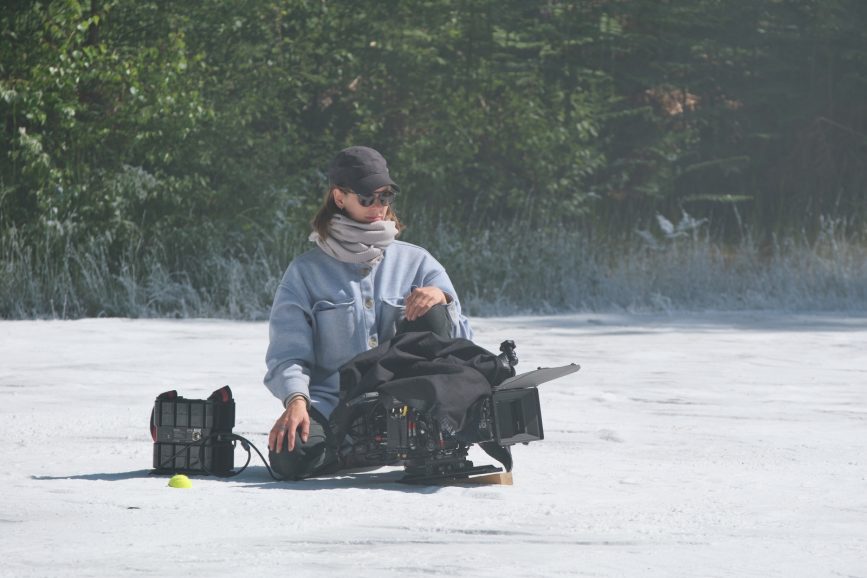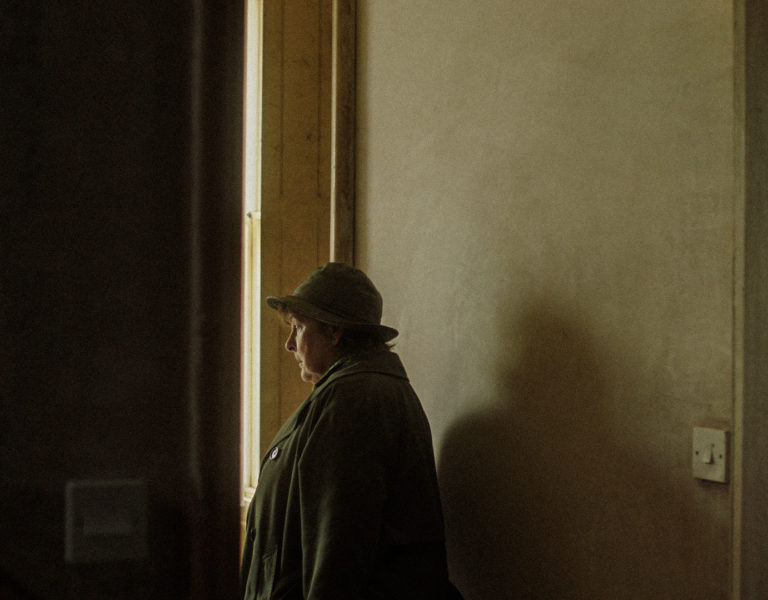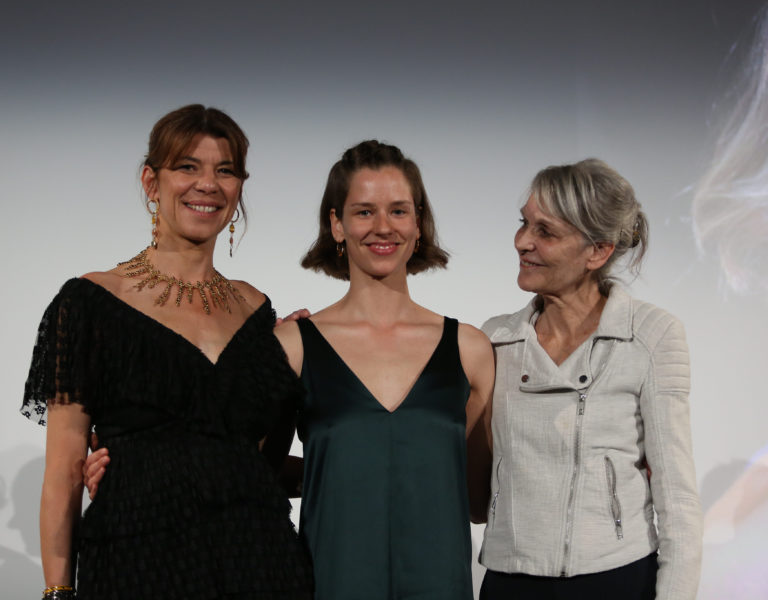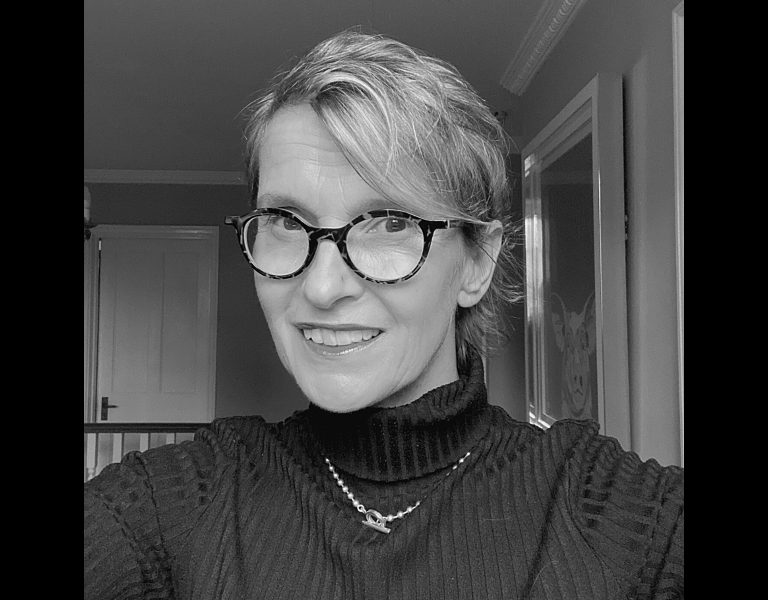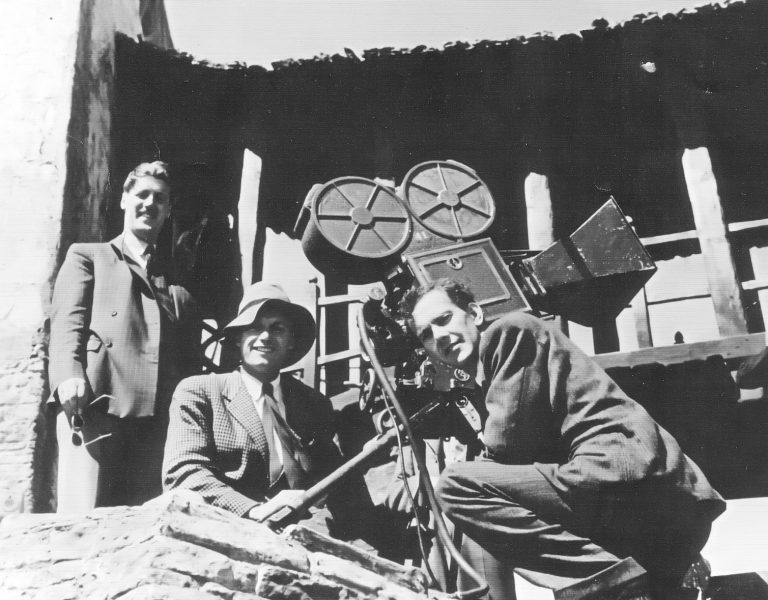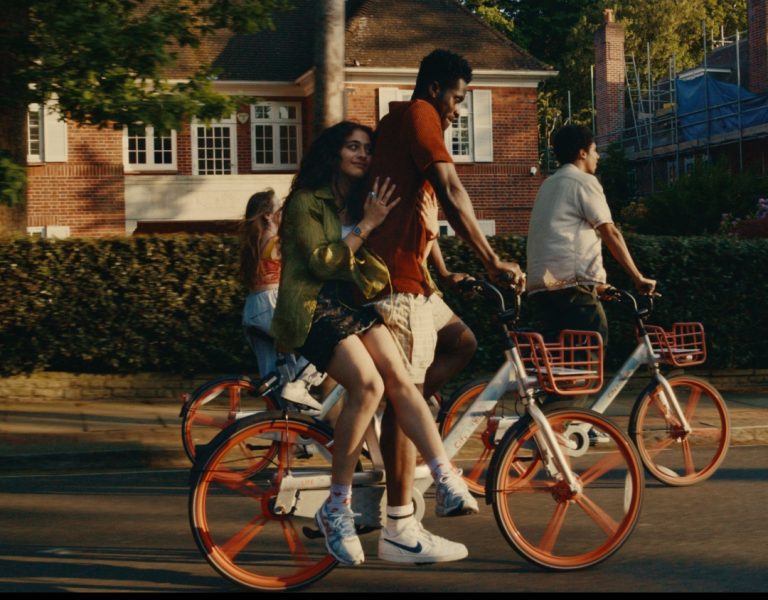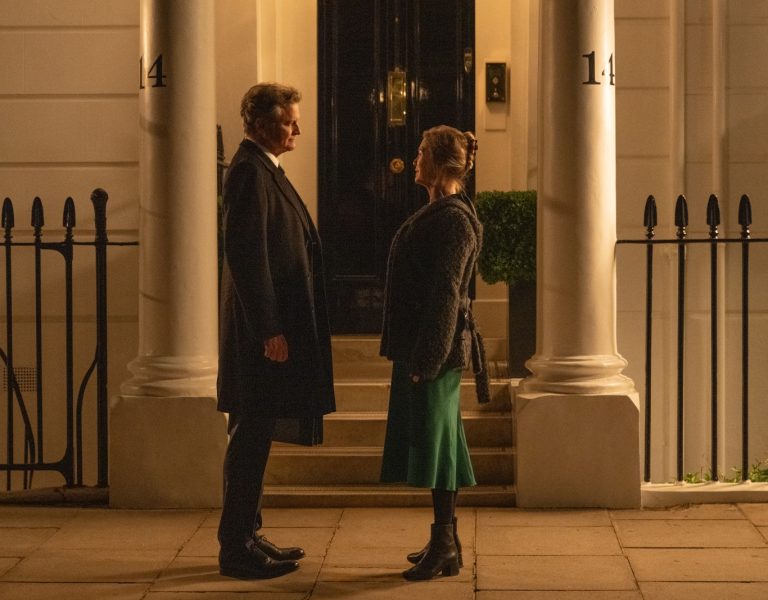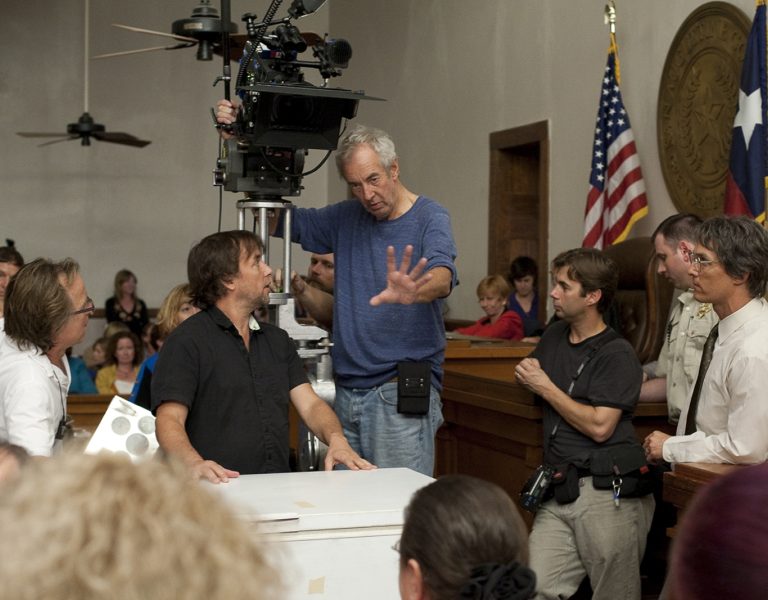NORTHERN EXPOSURE
ITVX series Passenger employs two DPs for distinct shooting blocks, illuminating the symbiotic collaboration that enhances the visual storytelling.
The north of England has a long history of either inspiring or providing the haunting backdrop for various productions, from the surreal comedy horror sitcom League of Gentlemen to the more recent Happy Valley and Red Rose. ITV’s new series Passenger adds to this list, promising a fresh suspenseful take in the atmospheric locale of the fictional town of Chadder Vale. Directed by Lee Haven-Jones and Nicole Charles, this drama-thriller unfolds over nine intense days in a cold, snow-covered landscape, marking the screenwriting debut of Broadchurch star, Andrew Buchan.
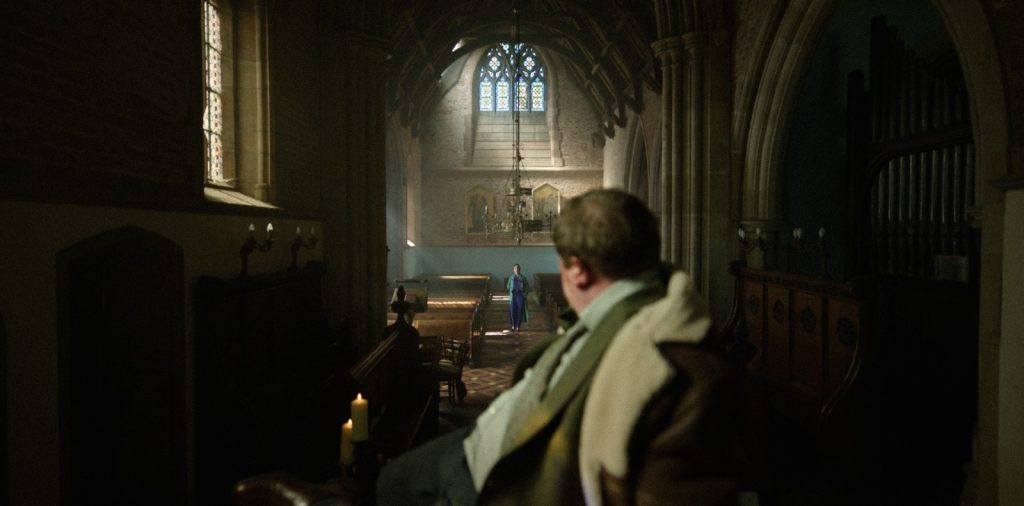
Shot predominately in the village of Cornholme, West Yorkshire, the six-part series saw DP duties split between Bryan Gavigan (War of the Worlds, The Lazarus Project) and Evelin van Rei NSC (Walk with Me, Bad Sisters) who shot blocks one and two, respectively.
Gavigan was “introduced to Passenger by visionary block one director” Jones. “I had just finished shooting his second feature film, Y Sŵn, and he mentioned the possibility of me joining him on the show,” he says. “When I got the scripts, I couldn’t put them down – it sits in the exciting space of sci-fi social realism, holding up a mirror to small towns all over the country. Themes of escapist sci-fi horror are grounded by protagonist Riya’s pragmatic approach to situations that are getting continuously more out of the ordinary, as she desperately tries to guide the town away from its seemingly pre-determined destiny. I was excited by the potential for using the camera as a vessel for her subjective point of view, letting her guide us through the weird and wonderful world of Chadder.”
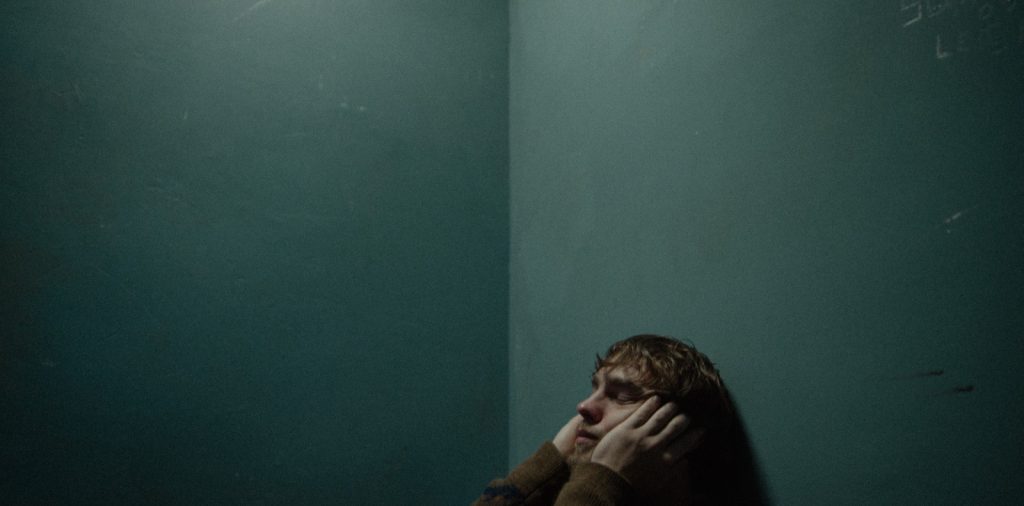
Presented the project by Charles, a “fellow badass and leader of tomorrow”, van Rei was attracted to the initial draft scripts’ post-apocalyptic scale, supernatural undertones, and complexities of the small, weary, isolated community. “Snow conceals and suppresses the hidden complexities of the community, symbolising emotional isolation, rigidity, and a caution against narrow-mindedness in our characters’ and audience’s expectations,” she says. “As the snow melts, parts of the subconscious come to light, and so the inner workings of our characters minds’ and their morality are exposed.”
The DPs initially met at Siop Shop café in Manchester’s Northern Quarter, to discuss scenes, focal lengths, lighting preferences, and camera movements for interiors versus exteriors.
“We talked about Bryan’s team, including gaffer Wayne Mansell and key grip Ben Lowe, who would join me for block two,” van Rei says. “Our paths intersected during principal photography, with overlapping days and locations between block one and two.”
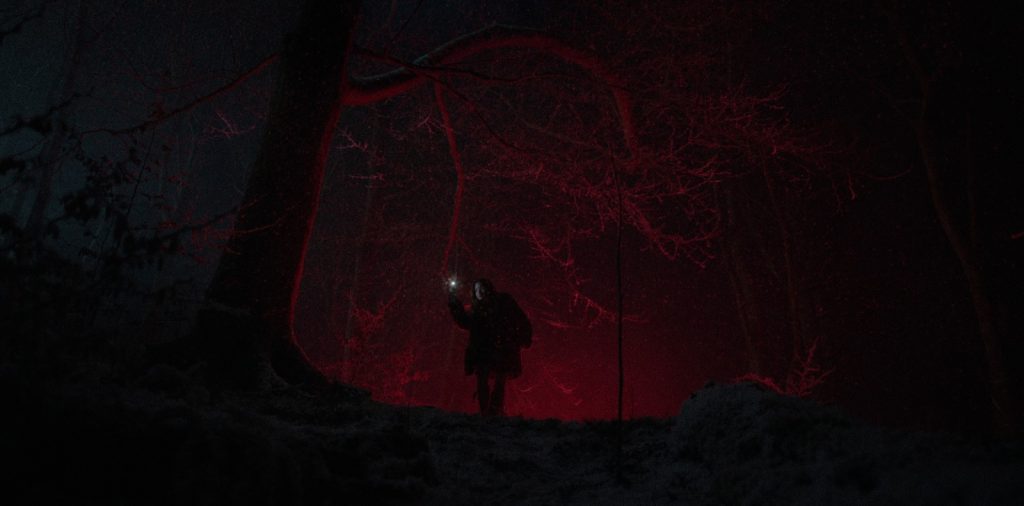
Kitted out
The series is 60% handheld, requiring seamless transitions between dolly and handheld shots. The cinematographers used the ARRI Alexa Mini LF with Zeiss Supreme Prime Radiance Lenses, chosen for form factor and reliability.
“We shot the full breadth of the LF’s sensor and cropped to an aspect ratio of 2:1,” Gavigan adds. “It allowed us to shoot on wider lenses and achieve a closer physical proximity to actors, without compromising depth of field and introducing barrel distortion.” He was surprised by their controllable flaring, enabling the introduction of coolness to shadows in-camera with the coating favouring blue flares.
“I knew it would be an advantage in the night work and it felt controllable for the most part that it wouldn’t be contaminating the image when we didn’t want it to,” Gavigan continues. “Ideally, we would have had the standard Supremes as well but we took a risk just using the Radiance lenses and it worked.”
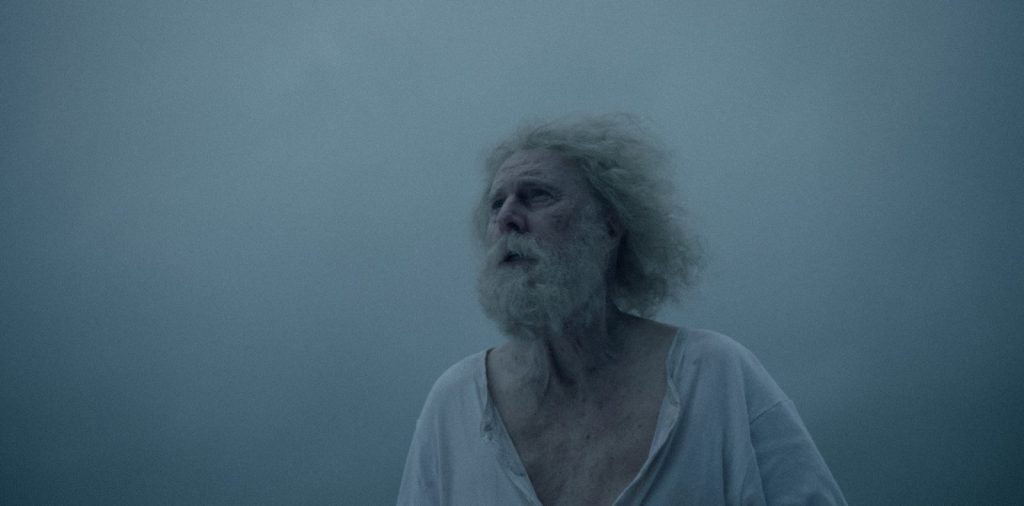
Van Rei highlights the thrill of progressing the look and expanding the story’s tension and size. A crucial aspect is the intensification of flashbacks, dreams, and hallucination sequences, some of which were incorporated into block one during the edit. “Nicole would share an idea with me, and explain what is important to her tonally within these scenes – I’d interpret that visually, and then we’d built on that,” she says. “The flashbacks would be disjointed, comprise Dutch angles, strange compositions, with focus on ‘the wrong object’ within the frame. The dreams would be defocused, shot at 8fps, utilise double exposure, with a strong focus on objects, and character’s face. The hallucinations would look ‘outward’, more of a POV experience, and we’d utilise a lens baby, tilt shift lenses, or prisms of some sort.”
Early on in prep, Gavigan and his gaffer did a test at PKE in Manchester to choose what would form the foundation of night exterior lighting. They lined up an 18K HMI, a Wendy, and array of LED Vortex 8s, then took luminance and colour readings at a distance of 100m. “I was blown away by how punchy the Vortexes were, combined with their reliability and colour control,” he says. “When it came to lighting faces in domestic interiors I still favoured Tungsten lighting over anything else because it brings out a richness in the skin tones I still feel we don’t achieve when using LED in a real world environment. I also enjoy controlling the warmth of the fall off by dimming tungsten fixtures. You arguably have more control if using LED for the same effect but you can run into issues like matching fixtures and green/magenta shift when dimming that if you get your wattages right you save time by using tungsten in this way. Although certain fixtures like the Fiilex Q series are so good I’ll be fully converted soon no doubt.”
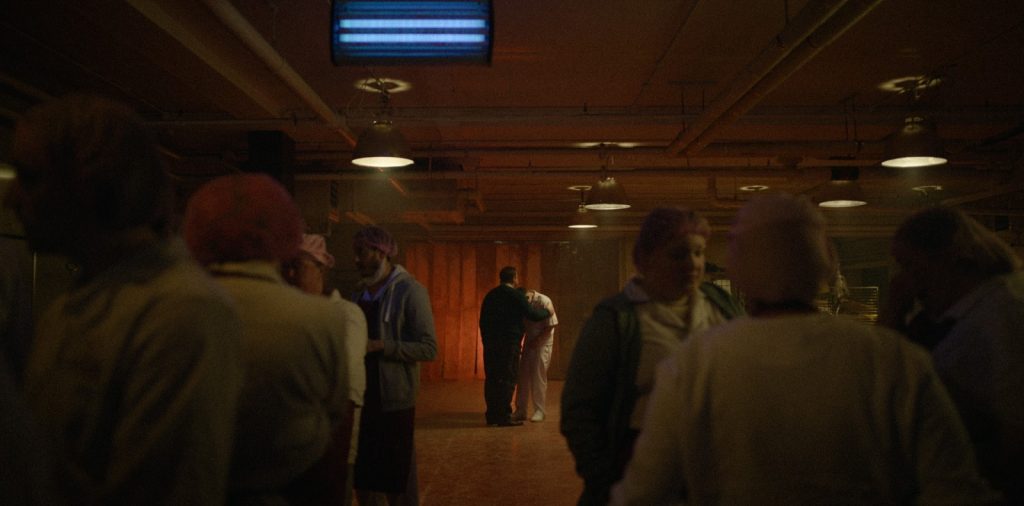
Scene approach
Van Rei’s “most treasured location and sequence by far” is in episode six. After Derek is hit in the head at the bread factory, he wakes up in a church, is confronted by a new character and given an ultimatum. His world collapses and his soul crumbles.
“It was a new location for block two, which meant I could curate this from scratch and imprint my signature,” she explains. “This sequence is profound, and a turning point in our character’s journey.” For van Rei, the scene “was full of gorgeous juxtapositions, metaphors, and two opposing worlds coming head-to-head”. Looking at the historical, societal and religious context of a church, she embraced the notion of starting the scene with Derek on the altar as a ‘last supper’, a metaphorical sacrificial lamb, uniting the physical and symbolic realms.
“We are right in his face as he lies there, lifeless,” she adds. “Disorientated, regaining consciousness, we elegantly crane up until he’s this tiny, lonely and fragile figure in our frame. We cut behind him, and Melissa is revealed from the darkness as she walks towards us. The rest of the scene follows this concept of her physical world (one side of the church) and his physical world (the other side of the church) moving towards each other, conquering territory as if at war, for it to then escalate, and his world to be taken over by hers.”
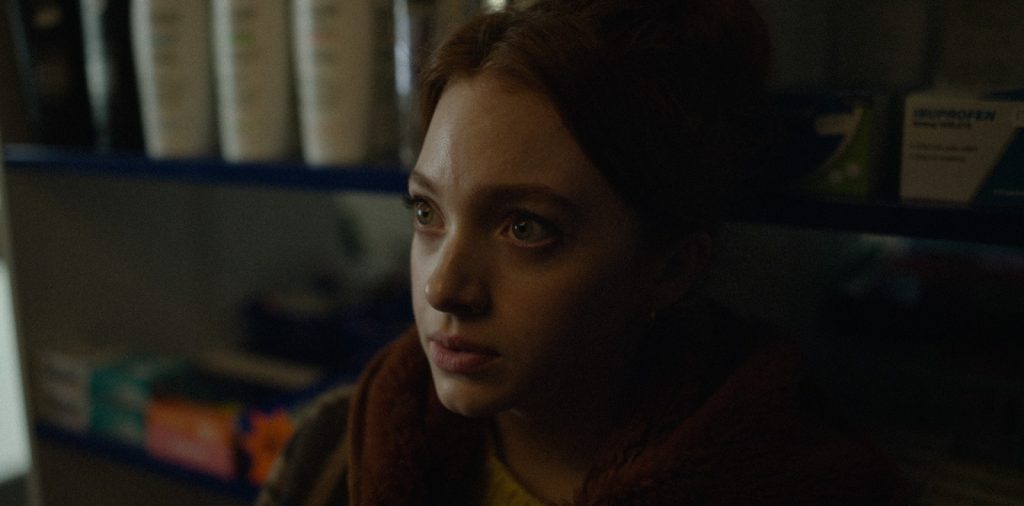
“Both lighting and colour choices across departments within the location were curated to follow this cinematographic concept. The start of Derek’s journey is lit by this fragmented, prism like stained glass against a warmer backdrop, as he gets off the altar, and moves down the steps deeper in the church, his world cools down and the quality of light becomes harder. Melissa’s world starts in darkness, remains stark throughout taking up all the oxygen in the room. Daniel Ryan, who plays Derek, is such an intelligent, kind and deeply emotive actor who intuitively ‘reads’ the camera like no-one I’ve worked with before. Almost telepathically, he would know what I seek, and what I’m looking for in a scene.”
Another “cherished, new location” is the prison cell, which provided van Rei with great autonomy for a few different scenes. “In one scene in episode four Kane sits in the cell, isolated, trapped, running out of time – his walls are closing in,” she adds. “Later on in episode five, he is accompanied by Riya. The energy is informal, sympathetic. He is about to be charged with murder though innocent and disconnected, his character delivers this deeply moving monologue.
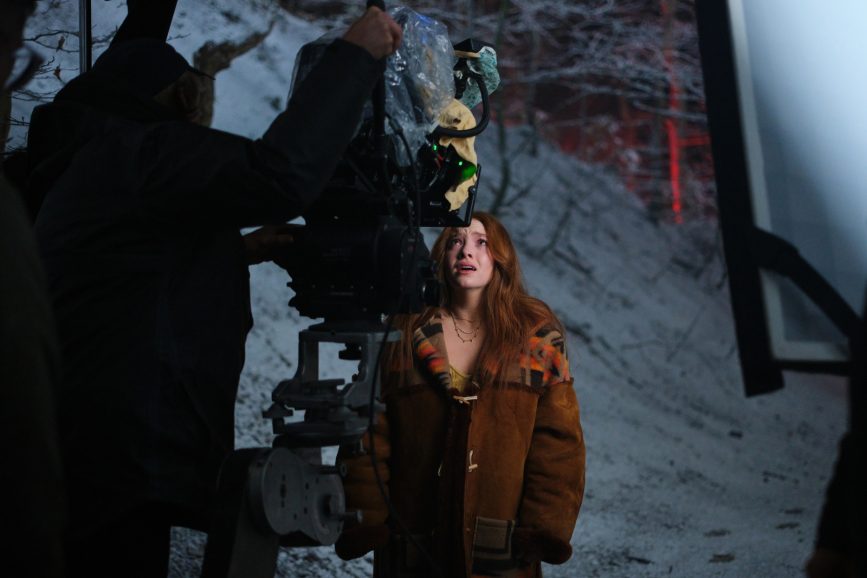
“I adore a lingering camera, a minimalist approach, carefully curated frames, ‘slow cinema’, fewer cuts, long developing takes in which a landscape of light and character can breathe, unfold, explored and discovered like a painting. Both these scenes demanded this approach. Though there were more characters physically present in the later scene, it was Kane’s scene entirely and his presence and mind space is the only one that matters. His words are more like a spoken poem, and so a singular camera move into the ‘unseen’ psychological space was justified.”
She describes Nico Mirallegro (Kane) as “an incredible actor”, instinctual, collaborative, and reactive, evident in his performance.
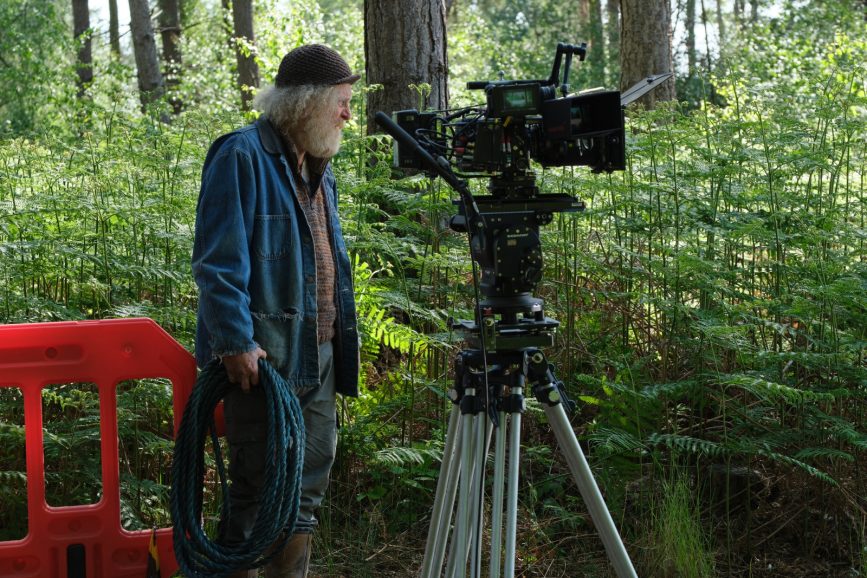
Forest figures
For Gavigan, the forest night exteriors posed significant technical and logistical challenges. He aimed to avoid traditional single-source moonlight and faced limitations due to the low height of surrounding trees.
“I also wanted to give us the opportunity to shoot as close to 360 as possible,” he says. “Tonally it was important for me to really feel the darkness of the forest but also not so much so that I got fired in our second week of the shoot because nobody could see anything!” he continues. “The forest in Passenger is a supernatural place where unexplainable events take place, so it needed to feel heightened and at times surreal.”
Inspired by Shelly Johnson ASC’s work in The Wolfman, Gavigan aimed to backlight the forest, creating silhouettes and darkness with around 50 Vortex 8s and adjustable back-lit smoke for close-ups.
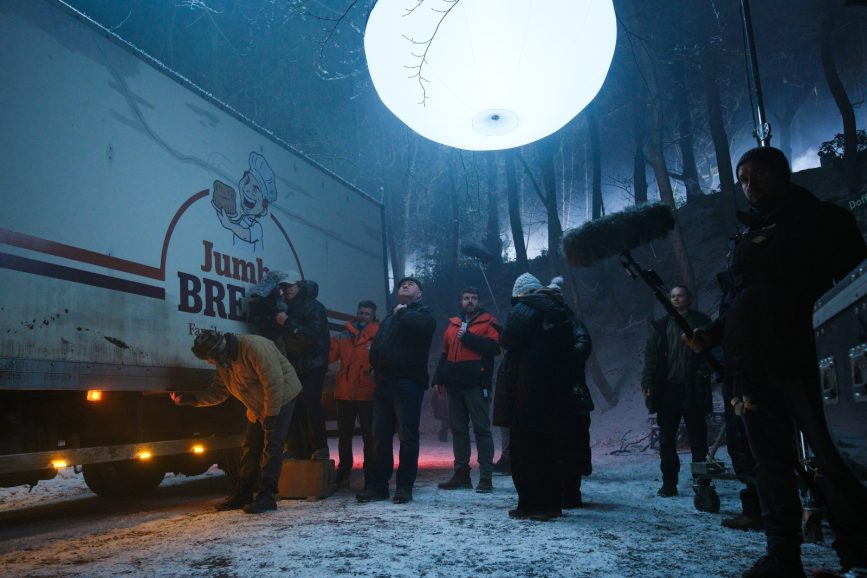
“We squeezed in a couple of LED balloons above us in the main area of the set to help with the ambient levels,” he adds. “We lit the rest with a floor kit that could move in for the close-ups only and to amplify the lighting for key heightened moments. We also had to light two separate sets in the forest at the same time, so we could jump between the two on various days as snow was added/cleaned up from one or the other. I of course cannot take credit for that as all I really had to do was dilute the lighting in a way that we could afford to light both spaces whilst still achieving the look we wanted. Our lighting team, locations dept and the brilliant people at Snow Business did the rest”.
One would be forgiven for thinking that depicting snow-capped landscapes would necessitate a healthy dose of VFX, but that wasn’t the case in either block.
“Initially I thought that the largest VFX element of my block would be the snow and associated set extension work, but we ended up doing so much of it in camera that any snow fixes in post were minimal,” Gavigan says. “Most of what you see in block one was achieved in camera.”
Van Rei highlights a key SFX/VFX moment: Eddie falling through the ice in episode five. “Running multiple cameras meant I could bring in some familiar and friendly faces, like camera operator Richard Bevan ACO GBCT,” she adds. “With most block two scenes now set in exterior daytime, apart from the isolated and sudden pop of winter wonderland at the frozen lake, colourist and fellow artisan Max Goldini at Picture Shop had his work cut out for him. He took it in his stride, and did a formidable job.”
